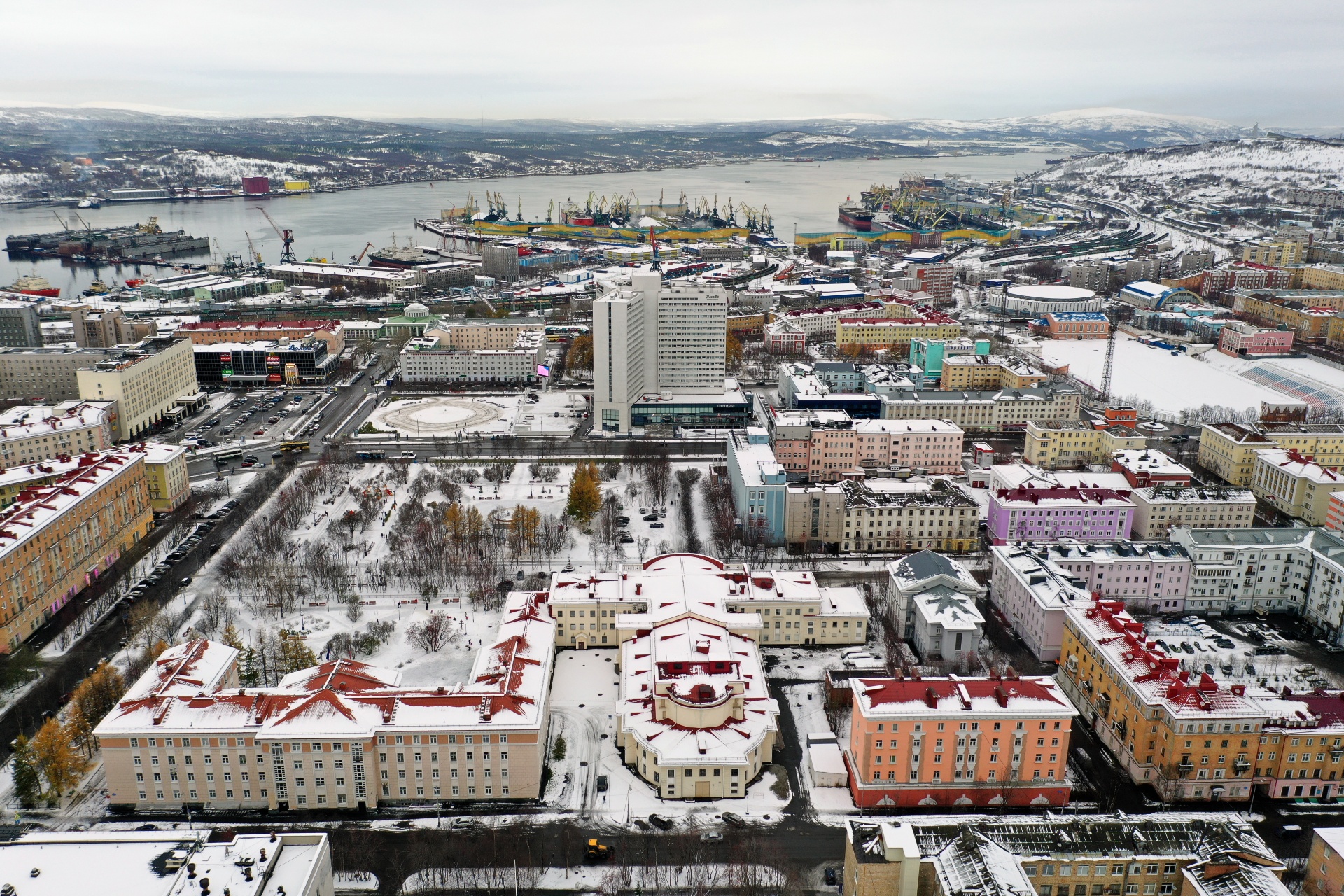Putin approves Russia’s updated Arctic development strategy
It's the third — and final — of three key documents outlining Russia's aims for the region.

This week, Russian President Putin approved the “Strategy for the Development of the Arctic Zone of the Russian Federation and Provision of National Security for the Period through 2035.”
The policy document constitutes one out of several key strategic planning documents pertaining to the Arctic region launched by the Russian leadership during 2020. With its release, Russia’s updated plan for the Arctic is being finalized.
The Ministry for the Development of the Russian Far East and Arctic submitted a draft of the strategy for the government’s consideration in May, according to Russian news agency TASS.
The “Strategy for Development” follows up Russia’s top level Arctic policy document, “The Foundations of State Policy of the Russian Federation in the Arctic through 2035,” signed by Putin in March.
Elizabeth Buchanan, lecturer at Deakin University, Australia, explains that the document approved this week is one of three key policy documents in Russia’s updated plan for the Arctic.
“Fundamentally, there are three policy documents to be read together when considering Russia’s Arctic strategy,” Buchanan writes in an email to High North News.
“There is the ‘State Policy’ document, which outlines key goals and Moscow’s Arctic agenda. Then we have the state program on ‘Socio-Economic Development of the RAZ (Russian Arctic Zone). The ‘Socio-Economic Development’ program is essentially the implementation plan,” Buchanan notes.
The third document, released this week, “outlines the mechanisms for which ‘State Policy’ and the ‘Socio-Economic Development’ plans in the Arctic are to be realized,” she adds.
Domestic priorities
The newly approved Strategy for Development of the Russian Arctic Zone outlines the role of the region in the country’s socio-economic development and national security. It specifies aims and tasks of Arctic zone development, implementation stages, expected results, as well as main mechanisms for strategy implementation.
Among the goals are a comprehensive development of the infrastructure of seaports, and shipping routes in the waters of the Northern Sea Route, the Barents, White and Pechora Seas.
The policy document mentions several significant threats and challenges that create risks for the development of the for Arctic Zone, among others intensive climate warming, decreasing natural population growth and migration, poor access to public services, and higher risk of diseases.
“Most of the challenges tabled in terms of developing the Russian Arctic are indeed domestic in nature. Which is not surprising. That is the purpose of a RAZ development document,” Buchanan says.
Arctic Council chairmanship
“As are the indications of Russia’s Arctic Council Chairmanship platform for the period of 2021-2023. The role of the Arctic Economic Council as ‘one of the central forums for sustainable development’ in the Arctic is also placed squarely in Moscow’s Chairmanship planning,” she adds.
Buchanan says the Strategy for Development underlines how important to Russia the ‘effective participation’ in the Council is for realizing its development objectives.
Priorities of its 2021-2023 Chairmanship will likely include a ‘sustainable development of the Arctic’ and programs supporting the cultural heritage of indigenous peoples throughout the Arctic.”


